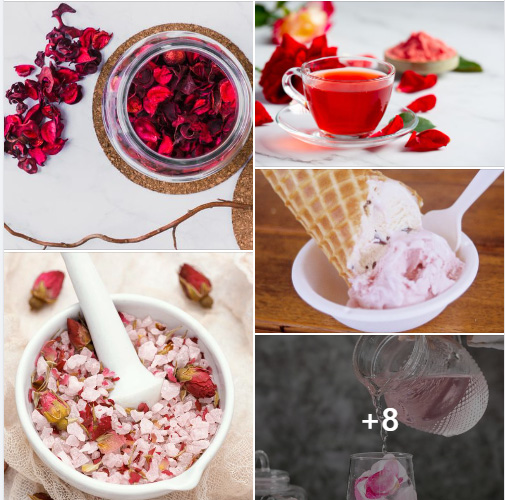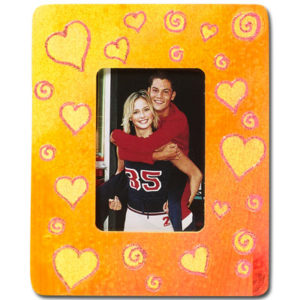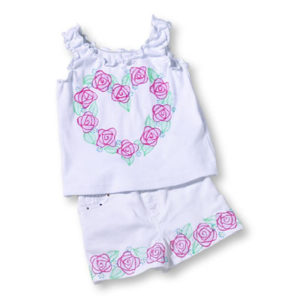Other than the traditional use of roses in ornamental gardening and landscaping and using the cut flowers for bouquets and arrangements, Roses can be quite useful. They popularly have a wide range of uses in gardening and landscaping, as well as in various industries such as perfumery, skincare, and food and beverage. They are also used in traditional medicine, home remedies, and aromatherapy. Additionally, roses have cultural and symbolic significance and are often used in events such as weddings and other ceremonies. And of course, their beauty also makes them popular as cut flowers and in floral arrangements.
Here are some other uses of roses.
1. Perfumery and Aromatherapy
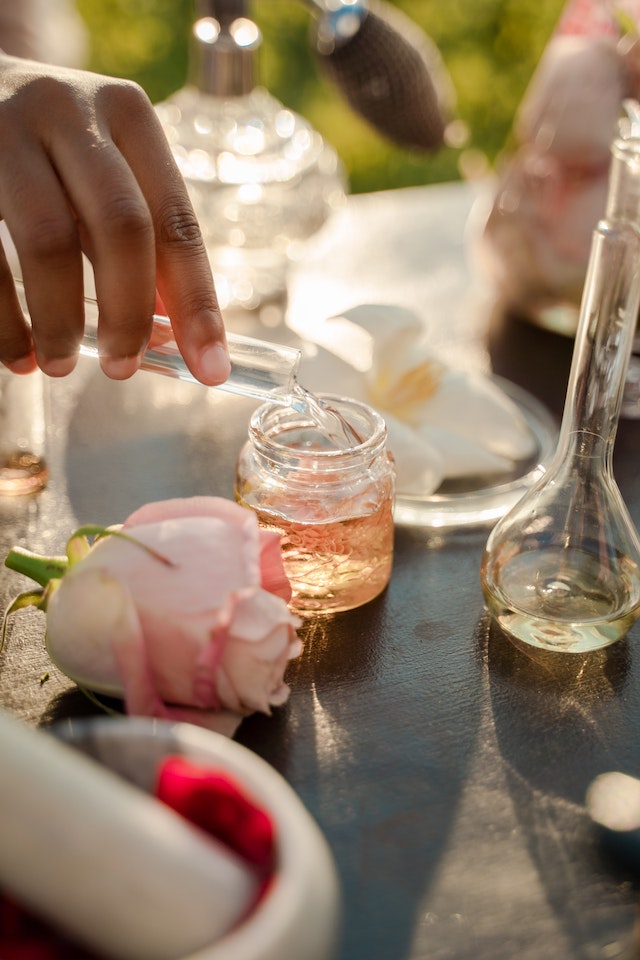
Roses are commonly used in perfumery and aromatherapy for their sweet, floral scent. The essential oil of the rose is extracted from the petals and is used to create perfumes, colognes, and other fragrances. Rose oil is also used in skincare products and personal care items such as soaps, lotions, and scrubs.
In aromatherapy, rose oil is believed to have a calming and soothing effect on the mind and body. It is also said to help with emotional issues such as anxiety and depression. Rose oil is also used in massage oils, candles, and diffusers to promote relaxation and stress relief.
Rose water, which is a byproduct of the distillation process used to make rose oil, is also used in perfumery and aromatherapy. Rose water is used in skincare products, and it’s also used as a refreshing mist and toner.
2. Medicinal purposes, such as treating headaches and depression
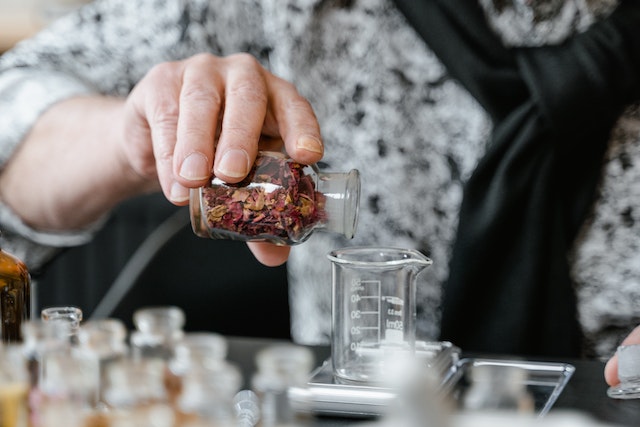
Roses have been used for medicinal purposes for centuries. The petals, hips, and leaves of the rose have been used in traditional medicine to treat a variety of ailments. The most common use of rose in traditional medicine is to treat digestive issues such as diarrhea and constipation. Rose hips, the fruit of the rose plant, are rich in vitamin C and have been used to boost the immune system and prevent colds and flu.
Rose petals have also been used to treat skin conditions such as eczema and acne. They are believed to have anti-inflammatory and antioxidant properties that can help soothe irritated skin and reduce the appearance of blemishes.
Rose oil and rose water have also been used in traditional medicine to promote emotional well-being. They are said to have a calming and soothing effect on the mind and body, and may help with issues such as anxiety and depression.
Rose oil is also used as a pain reliever, as it is believed to have anti-inflammatory properties which help reduce pain and stiffness.
3. Food and Beverage flavoring
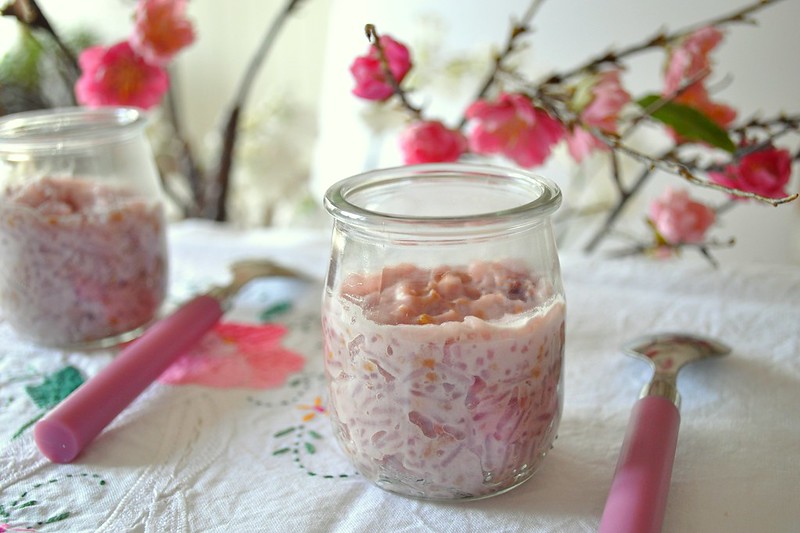
Roses are commonly used to flavor and scent food and beverages. The petals of the rose are edible and can be used to add a delicate floral flavor and aroma to dishes. The most common use of roses in food and beverage is rose water and rose syrup, which are used to flavor desserts, drinks, and other sweet treats.
Rose water is a byproduct of the distillation process used to make rose oil, and it has a subtle floral flavor and aroma. It is used to flavor desserts such as baklava, ice cream, and puddings. Rose water is also a common ingredient in Middle Eastern and Indian cuisine, where it is used to flavor drinks such as Lassi and Falooda.
Rose syrup is made by steeping rose petals in sugar syrup and it is used to flavor drinks such as lemonade and iced tea, and also desserts such as cakes, pastries and jellies.
Rose petals can also be canned and used to decorate desserts, such as cakes and cupcakes.
Rose hips, the fruit of the rose plant, can also be used to make jams, jellies, and syrups. They are also rich in vitamin C, and can be used to make tea and other beverages.
It’s important to note that not all roses are edible, some varieties of roses are treated with pesticides and other chemicals that can be harmful if consumed, so it’s always best to use organic, edible roses for food and beverage flavoring.
4. Dried Rose Petals for Potpourri and Sachets
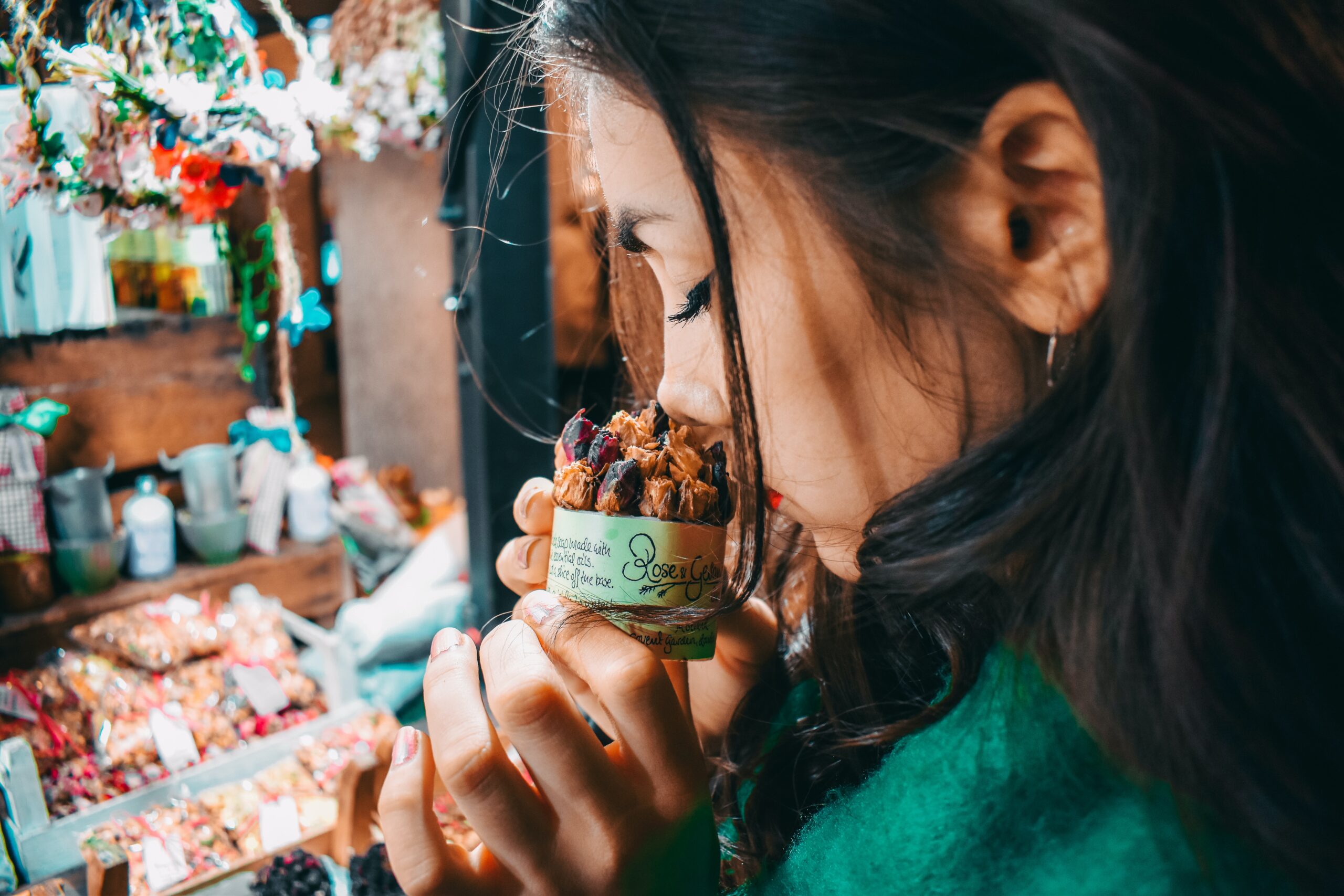
In addition to the essential oil, the petals of the rose are also used in perfumery and aromatherapy. Dried rose petals can be used to make potpourri, sachets, and other scented items. They are also used in bath products such as bath salts and bubble baths to provide a relaxing and soothing experience.
5. Rose oil for skincare and cosmetics
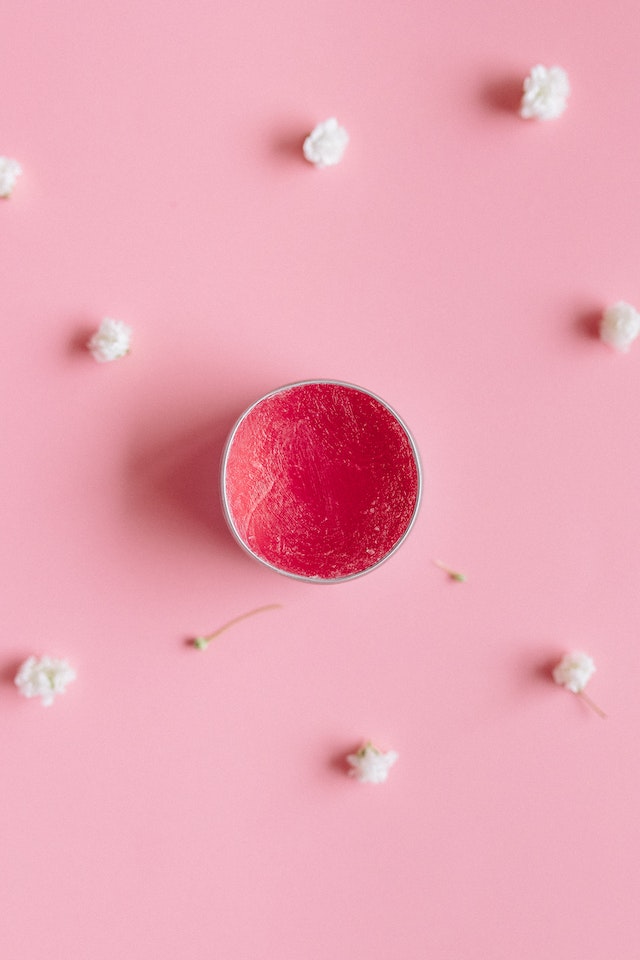
Rose oil is often used in skincare and cosmetic products for its moisturizing and anti-inflammatory properties. The oil is extracted from the petals of the rose, and it is high in antioxidants, vitamins and minerals, which can help nourish and protect the skin.
Rose oil is commonly used in moisturizers, facial oils, and serums, as it can help to hydrate and soothe dry, irritated skin. It is also believed to help reduce the appearance of fine lines and wrinkles, and to improve the overall tone and texture of the skin.
Rose oil is also used in many types of face masks and scrubs, as it can help to gently exfoliate dead skin cells, leaving the skin looking bright and refreshed.
Rose oil is also a common ingredient in lip balms and other lip products, as it can help to moisturize and protect the delicate skin on the lips.
Rose oil is also used in hair care products, as it can help to nourish and protect the hair and scalp.
In addition to being used as an ingredient in skincare and cosmetic products, rose oil can also be used on its own as a face oil or body oil. It can be applied directly to the skin, or added to a carrier oil, such as jojoba oil, for a more gentle application.
It’s important to note that while rose oil can be beneficial for the skin, some people may have an allergic reaction to it. It’s always best to do a patch test before using any new skincare or cosmetic products.
6. Rose water for Cooking and Baking
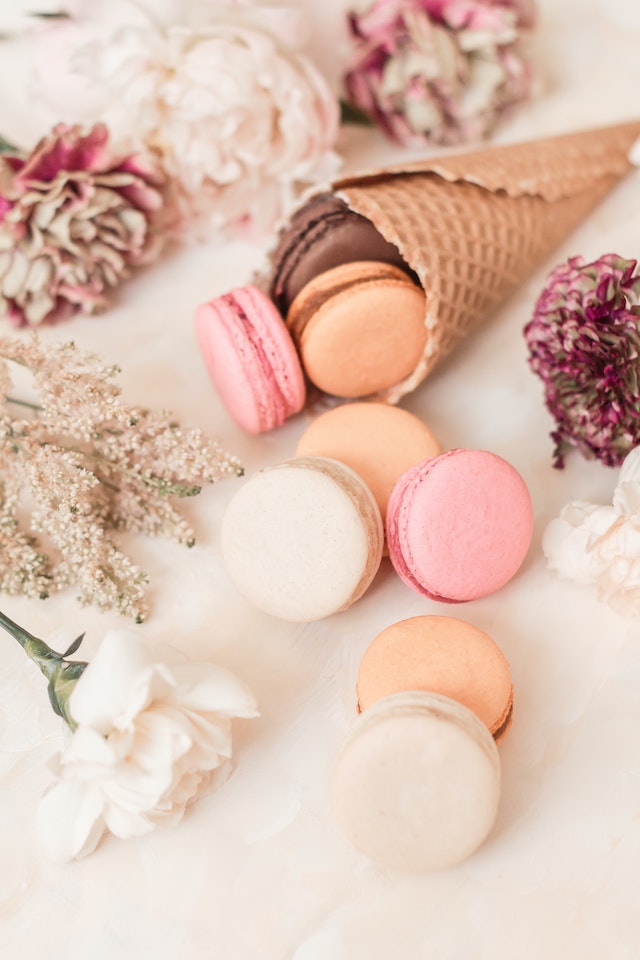
In baking, rose water is commonly used to flavor cakes, pastries, and other sweet treats such as macarons and rose petal jam.
It’s important to use food-grade rose water when cooking and baking, as perfumery grade rose water may contain chemicals that are not safe to consume. It’s also important to use it in moderation as too much of it can overpower the other flavors of the dish.
7. Rosehips for making Tea and Preserves
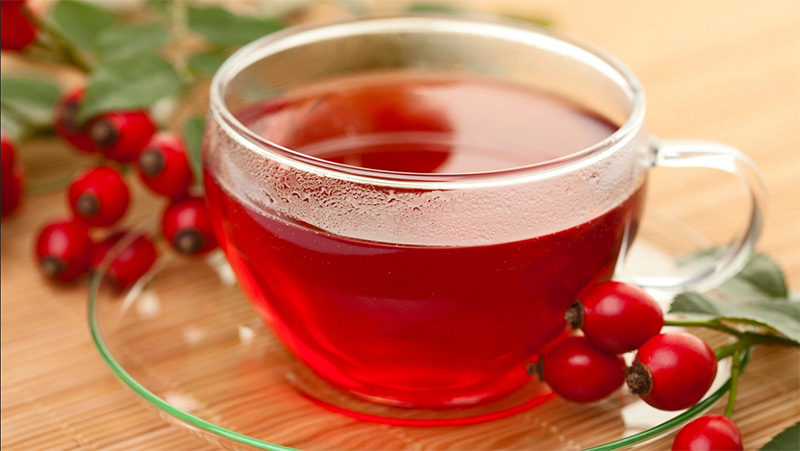
Rose hips are the fruit of the rose plant and are typically red, orange or purple when ripe. They are a good source of Vitamin C and other antioxidants.
Rose hips can be used to make tea, jams, jellies, syrups, and other preserves. They have a tangy, fruity flavor that is similar to a cross between a cranberry and an apple.
To make rose hip tea, simply steep dried or fresh rose hips in hot water. The tea can be enjoyed plain or sweetened with honey or sugar.
To make rose hip preserves, the hips are typically cleaned, and then simmered with sugar until they break down and release their juice. The resulting mixture can be used to make jams, jellies, syrups, and other preserves.
Rose hips can also be used to make rose hip vinegar, which is a tangy, flavorful addition to salad dressings, marinades, and other sauces.
Rose hips are also used in traditional medicine, as they are rich in Vitamin C and other antioxidants, which can help boost the immune system and prevent colds and flu.
It’s important to note that not all rose hips are safe for consumption, as some roses are treated with pesticides and other chemicals. It’s always best to use organic, edible roses for making tea and preserves.
8. Rose Petals for making Jellies, Jams, and Syrups
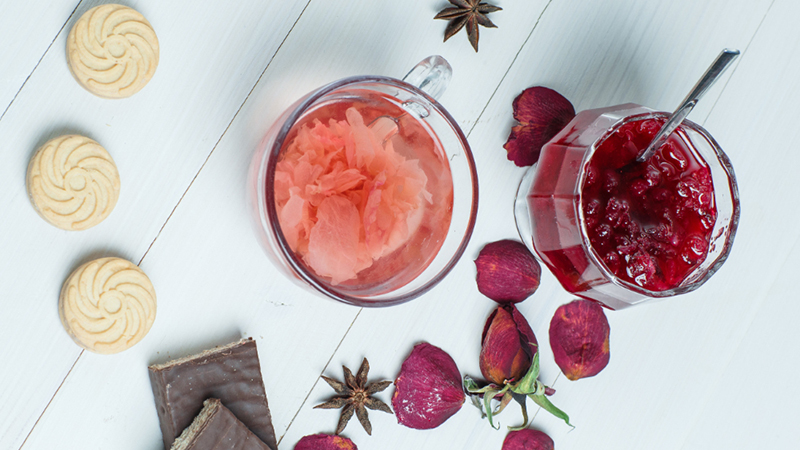
To make rose petal jelly, the petals are steeped in hot water to extract the color and flavor, and then combined with sugar and pectin to create a jelly consistency.
Rose petal jam can be made in a similar way, but with the petals being cooked down with sugar until thickened.
Rose petal syrups are also a popular way to use rose petals, it’s made by steeping the petals in sugar syrup and then strain it, the resulting syrup can be used to flavor drinks such as lemonade, iced tea, and other sweet treats such as cakes, pastries and ice cream.
9. Rose petals for making Candied Petals
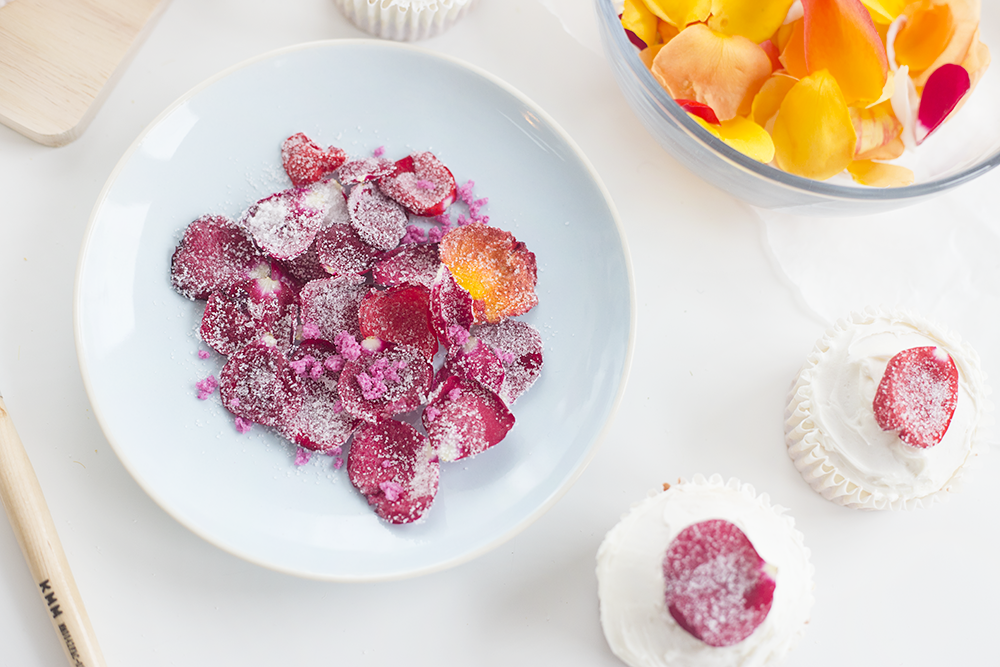
Rose petals can be candied and used as a decorative topping for desserts, cakes, and confections. Candied rose petals are also a popular ingredient in many traditional sweets such as Turkish Delights, and can be used to decorate ice cream, chocolate and other desserts.
To make candied rose petals, the petals are typically brushed with a mixture of beaten egg whites and sugar and then left to dry. The process can be repeated several times until the petals are fully coated with the sugar mixture.
It’s important to use edible and unsprayed rose petals when making candied rose petals, as the petals will be consumed. It’s also important to ensure that the petals are clean and free from any dirt or debris.
Candied rose petals can be stored in an airtight container for several weeks and can be used as a decoration for cakes, cookies, and other desserts. They can also be crushed and used as a topping for ice cream and other sweet treats, or used to make rose petal sugar which can be used to sweeten teas and other beverages.
10. Rose petals for making Rose Petal Wine
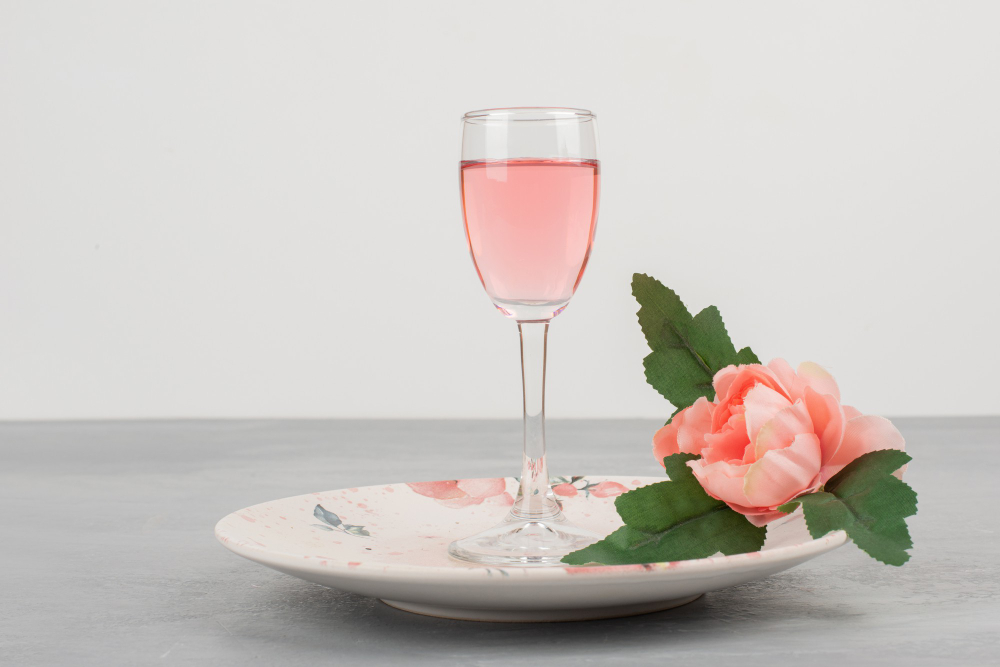
Wine made with roses, also known as “Rose petal wine”, is a type of wine that is made by infusing fresh rose petals in wine. The process begins by sanitizing all equipment that will come into contact with.
To make rose petal wine, you will need to gather fresh, unsprayed rose petals from a variety of roses that are safe to consume. You will also need wine yeast, sugar, and other ingredients such as acid blend, tannin, and pectic enzyme.
The process begins by sanitizing all equipment that will come into contact with the wine. Next, the rose petals are washed and crushed, then added to a primary fermenter along with the sugar and other ingredients. The wine yeast is then added, and the mixture is left to ferment for several days to a week.
After fermentation, the wine is transferred to a secondary fermenter and left to age for several months. The wine is then clarified, stabilized, and bottled. The final product should be a pink-hued wine with a delicate floral aroma and taste.
Keep in mind that making wine can be complex and time-consuming, and that there are many factors that can affect the final result. It’s best to consult a wine making guide or an experienced wine maker to guide you through the process.
11. Rose Petals for making Rose Petal Vinegar
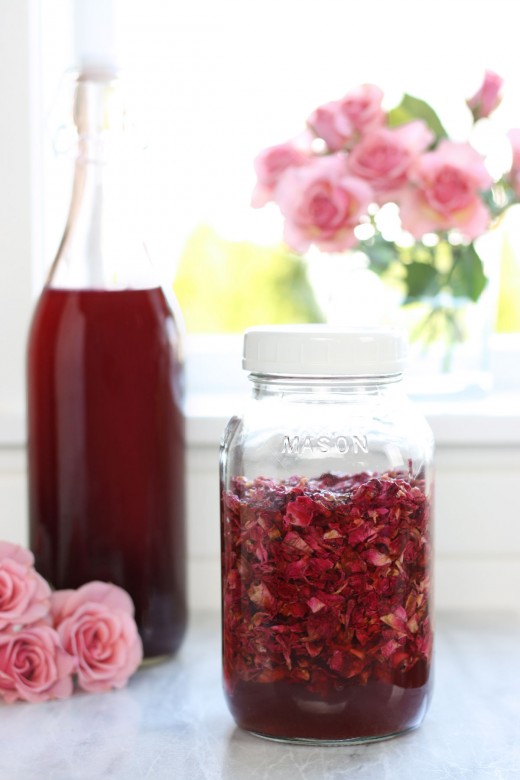
To make rose petal vinegar, you will need fresh, unsprayed rose petals, white wine vinegar, and a sterilized glass jar with a tight-fitting lid.
The process begins by washing and drying the rose petals, then placing them in the sterilized jar. Next, pour white wine vinegar over the petals, making sure they are completely covered. Seal the jar with the tight-fitting lid and place it in a warm, dark place for about 2-4 weeks. Shake the jar occasionally to distribute the petals.
After 2-4 weeks, strain the vinegar through a fine-mesh strainer or cheesecloth to remove the petals. The rose petal vinegar is now ready to use. It should have a nice pink color and a delicate floral aroma and taste.
Keep in mind that this is an infusion process and the final product will depend on many factors like the ratio of petals to vinegar, the type of rose petals, the temperature and light condition during the infusion, and your personal taste.
Also, it’s essential to use only unsprayed and organic rose petals, as the use of pesticides or other chemicals may make the vinegar unsafe to consume.
12. Rose petals for making Rose Petal Ice Cream
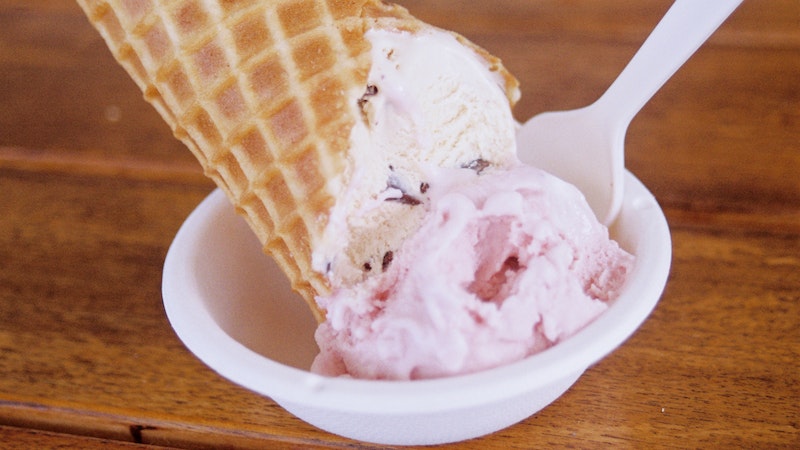
To make rose petal ice cream, you will need fresh, unsprayed rose petals, heavy cream, milk, sugar, and eggs. You will also need an ice cream maker.
The process begins by washing and drying the rose petals and then infusing them in the milk and cream by heating it up and letting it steep for several hours or overnight. Next, the mixture is strained to remove the petals and then eggs are added to make a custard base. The custard is cooked over low heat until it thickens and coats the back of a spoon. Then, the custard is chilled and churned in an ice cream maker according to the manufacturer’s instructions. Once churned, the ice cream can be transferred to a container and stored in the freezer.
It’s important to note that the final taste and color of the ice cream will depend on various factors, such as the ratio of rose petals to cream, the type of rose petals used, and the intensity of the infusion.
13. Rose petals for making Rose Petal Liqueur
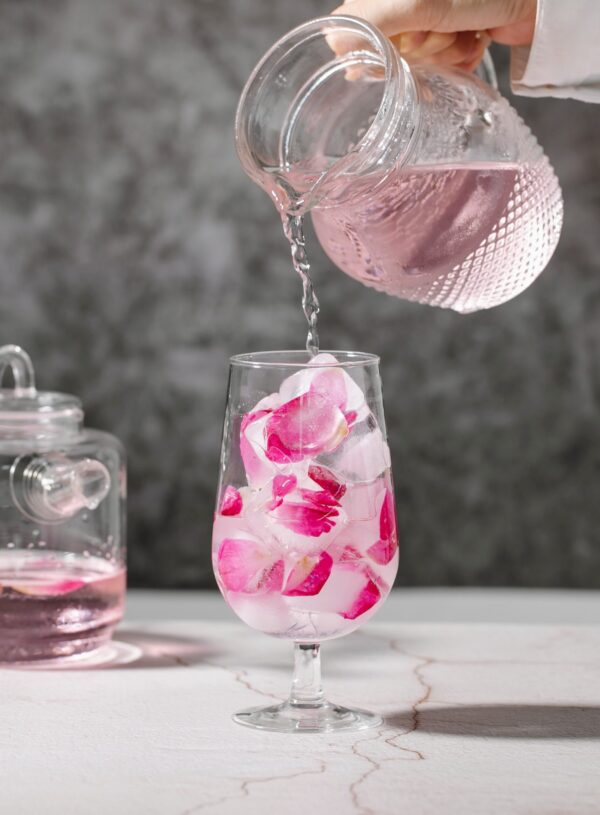
To make rose petal liqueur, you will need fresh, unsprayed rose petals, high-proof alcohol such as vodka, sugar, and other ingredients such as lemon zest, cinnamon, or vanilla beans (optional). You will also need a sterilized glass jar with a tight-fitting lid.
The process begins by washing and drying the rose petals, then placing them in the sterilized jar. Next, pour the high-proof alcohol over the petals, making sure they are completely covered. Add sugar and any other ingredients you would like to use to the jar, then seal it with the tight-fitting lid and place it in a cool, dark place for about 2-4 weeks. Shake the jar occasionally to distribute the petals and ingredients.
After 2-4 weeks, strain the liqueur through a fine-mesh strainer or cheesecloth to remove the petals and any other solids. The rose petal liqueur is now ready to use. It should have a nice pink color and a delicate floral aroma and taste. The alcohol content will depend on the original alcohol you used, you can adjust the sugar to your liking.
Keep in mind that this is an infusion process and the final product will depend on many factors like the ratio of petals to alcohol, the type of rose petals, the temperature and light condition during the infusion, and your personal taste.
14. Rose Petals for making Rose Petal Tea
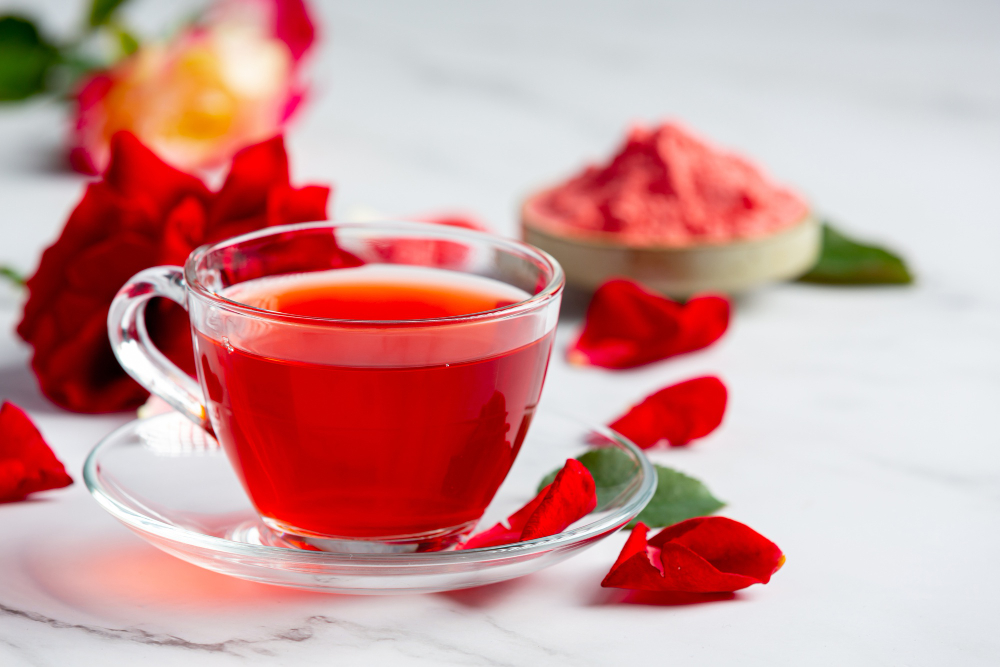
To make rose petal tea, you will need fresh, unsprayed rose petals, and hot water.
The process is simple, you can dry or fresh rose petals and then add them to a teapot or a cup, pour hot water over the petals and let it steep for 2-5 minutes. The longer you steep, the stronger the flavor will be. You can also add honey or lemon juice to taste.
15. Rose petals for making Rose Petal Sugar
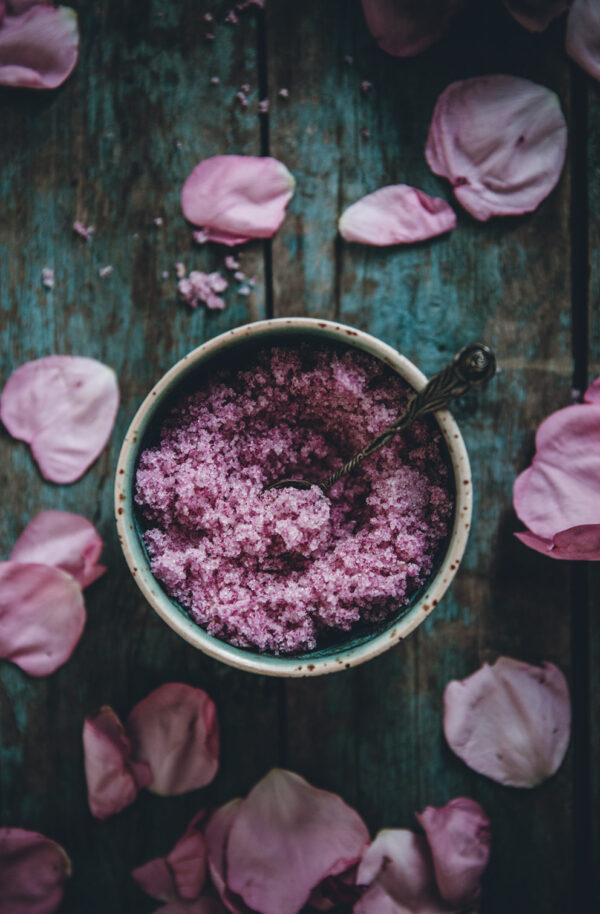
To make rose petal sugar, you will need fresh, unsprayed rose petals and granulated sugar.
The process is simple, you can dry or fresh rose petals and then add them to a food processor or a blender, pulse the petals until they are finely ground. Then, mix the ground petals with an equal amount of granulated sugar. You can store the sugar in an airtight container and use it as a sweetener in various desserts or drinks.
16. Rose petals for making Rose Petal Powder
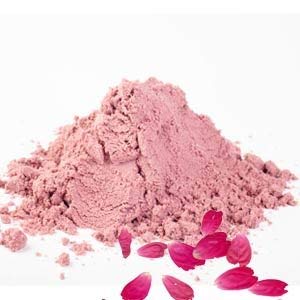
Rose petal powder is made from dried rose petals that have been ground into a fine powder. It can be used in a variety of ways such as in skincare products, as a natural food coloring, in teas, and in cooking and baking.
To make rose petal powder, you will need dried, unsprayed rose petals. The petals can be dried by laying them out in a single layer in a warm, dry place, or by using a dehydrator. Once the petals are dry, you can grind them into a powder using a food processor or a coffee grinder.
17. Rose petals for making Rose Petal Soap
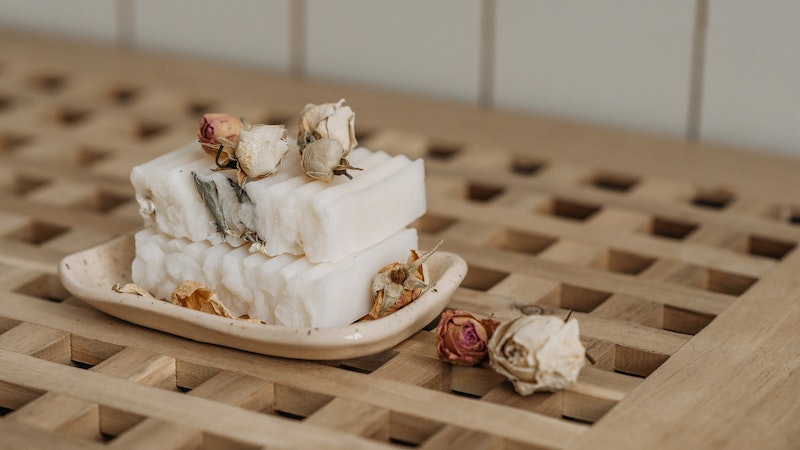
To make rose petal soap, you will need rose petals, a soap base, and other ingredients such as essential oils, fragrance oils, or colorants (optional).
The process of making rose petal soap involves melting a soap base and adding rose petals, essential oils, fragrance oils, and colorants if desired. The mixture is then poured into a mold, and left to cool and harden.
Here is a general recipe for making rose petal soap:
- Melt a soap base (such as glycerin soap) in a double boiler or microwave.
- Add dried, ground rose petals and any other ingredients such as essential oils, fragrance oils, or colorants.
- Pour the mixture into a soap mold and let it cool and harden.
- Once the soap has hardened, remove it from the mold and allow it to cure for at least 24 hours before using.
18. Rose petals for making Rose Petal Bath Salts
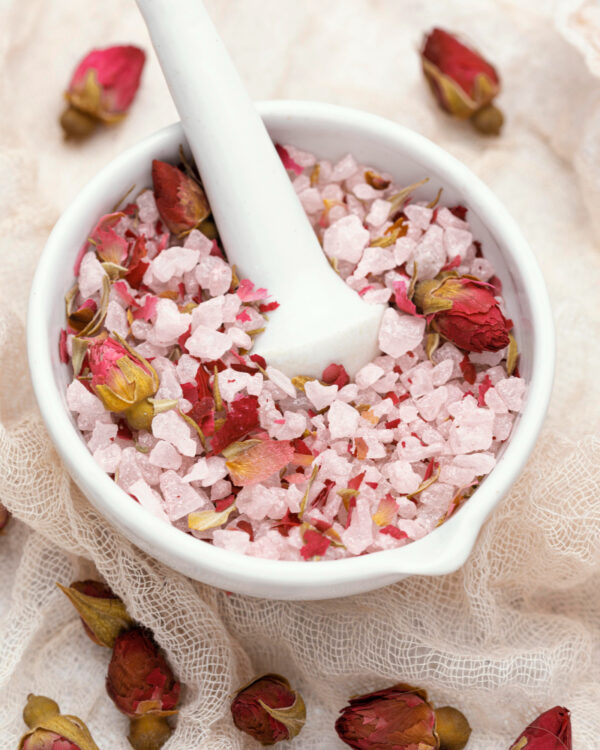
To make rose petal bath salts, you will need dried rose petals, Epsom salt, sea salt, and any other ingredients such as essential oils, fragrance oils, or colorants (optional).
The process of making rose petal bath salts is simple, you can mix all ingredients together and store it in an airtight container.
Here is a general recipe for making rose petal bath salts:
- In a bowl, mix together 1 cup of Epsom salt, 1 cup of sea salt, and 1/2 cup of dried, ground rose petals.
- Add a few drops of essential oils or fragrance oils if desired, and a few drops of food coloring or natural colorant if you want to add some color.
- Mix well and store the bath salts in an airtight container.
You can use these bath salts by adding a few spoonfulls to warm bathwater for a relaxing and rejuvenating bath experience. The rose petals will give a nice color and aroma to the bathwater, and the salts will soothe your muscles and skin.
19. Rose petals for making Rose Petal Potpourri
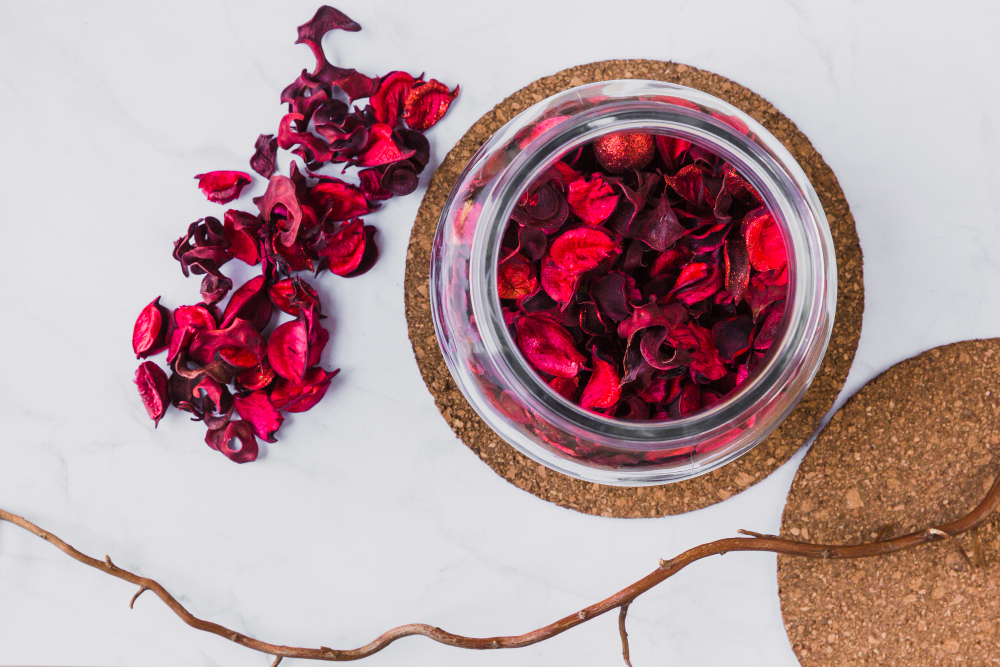
To make rose petal potpourri, you will need dried rose petals, other dried flowers or herbs, and any other ingredients such as essential oils, fragrance oils, or colorants (optional).
The process of making rose petal potpourri is simple, you can mix all ingredients together and store it in an airtight container.
Here is a general recipe for making rose petal potpourri:
- In a large bowl, mix together 2 cups of dried, crushed rose petals, 1 cup of other dried flowers or herbs such as lavender, rosemary, or mint.
- Add a few drops of essential oils or fragrance oils if desired, and a few drops of food coloring or natural colorant if you want to add some color.
- Mix well and store the potpourri in an airtight container.
You can use the potpourri by placing it in a bowl or sachet and placing it in various rooms of your home to freshen the air and provide a pleasant aroma. You can also add it to drawers or closets for a natural fragrance.
21. Roses can be used as a Natural Dye for Fabrics – Mordanting
Roses can be used as a natural dye for fabrics. Roses contain pigments called anthocyanins, which give the flowers their color and can be used to dye fabrics. The process of using roses as a natural dye for fabrics is called “mordanting” which is a way to fix the color on the fibers before the dyeing process.
To make rose dye, you will need fresh or dried rose petals, water, and a mordant (such as alum or copper). The process involves simmering the petals in water until the water becomes a deep red color, then straining the petals. The resulting liquid is the dye, which can be applied to the fabric using various dyeing techniques.
It’s important to note that the final color will depend on various factors such as the type of roses used, the mordant used, and the fabric being dyed.
Keep in mind that dyeing fabrics with natural dyes can be time-consuming and may require multiple dyeing and washing process to achieve the desired color, it’s best to consult a guide or an experienced natural dye maker to guide you through the process.
22. Roses can be used as a Natural Fertilizer for Plants
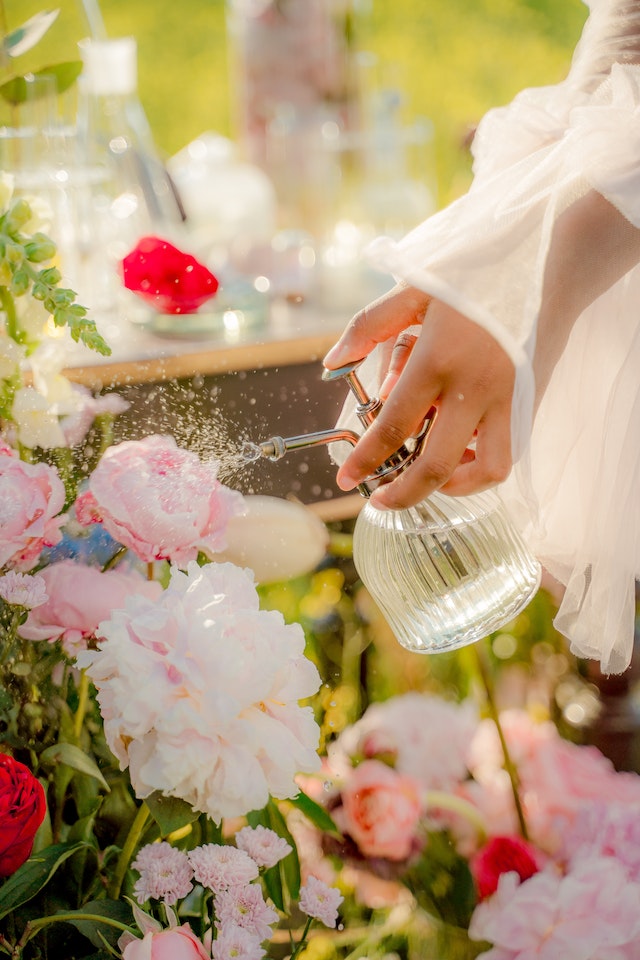
Roses can be used as fertilizer for other plants, as they contain nutrients that are beneficial for plant growth. The petals and leaves of roses contain high levels of nitrogen, phosphorus, and potassium, which are essential for healthy plant growth.
One way to use roses as a fertilizer is to make a compost from the petals and leaves of the roses. This can be done by collecting the petals and leaves and mixing them with other organic materials such as grass clippings and vegetable scraps. The mixture should be turned regularly and kept moist in order to encourage the breakdown of the materials into a nutrient-rich compost.
Another way to use roses as fertilizer is to make a tea by steeping the petals and leaves in water. This tea can then be used to water other plants, providing them with a boost of nutrients.
It is also important to note that roses can also be used to improve the soil structure by adding organic matter, which can increase the water-holding capacity of the soil and improve drainage.
